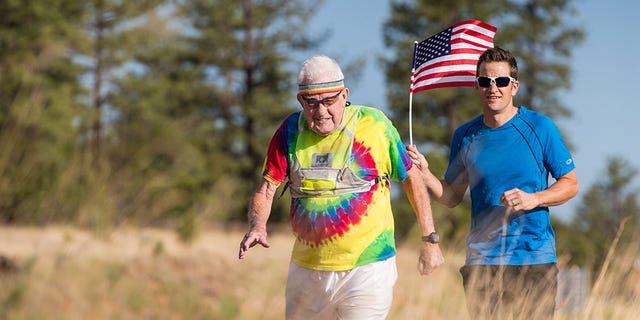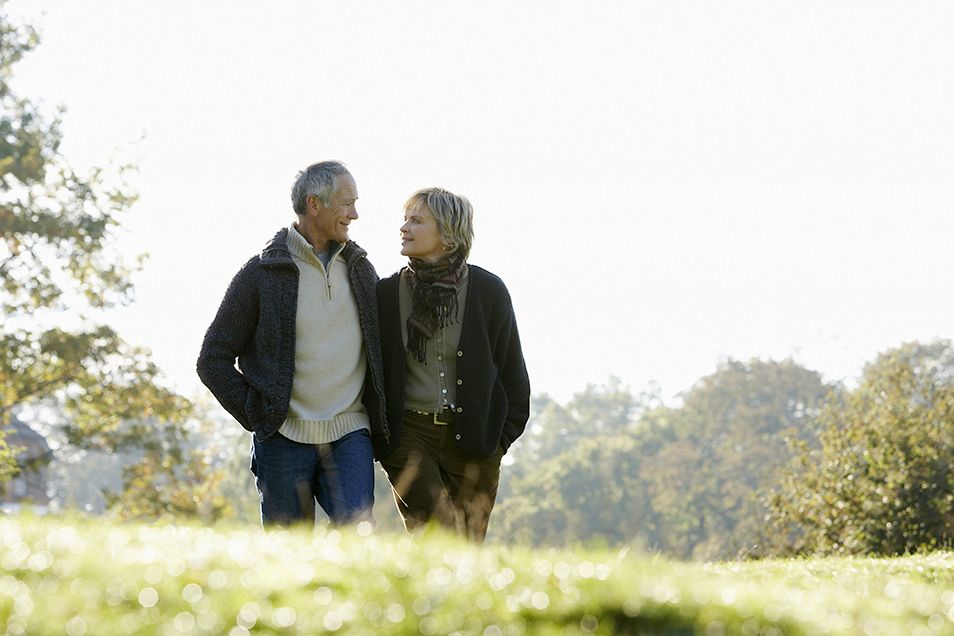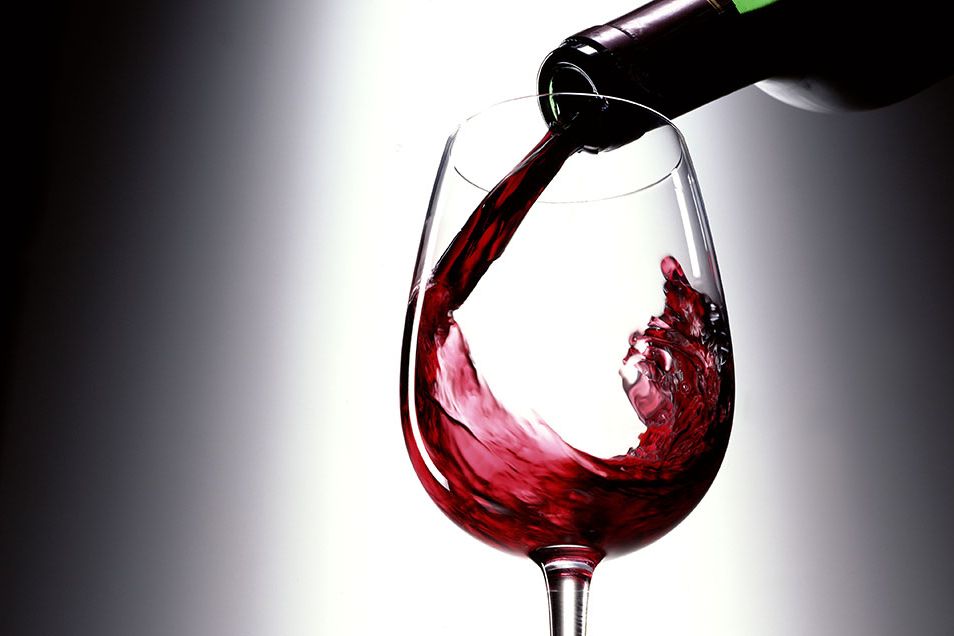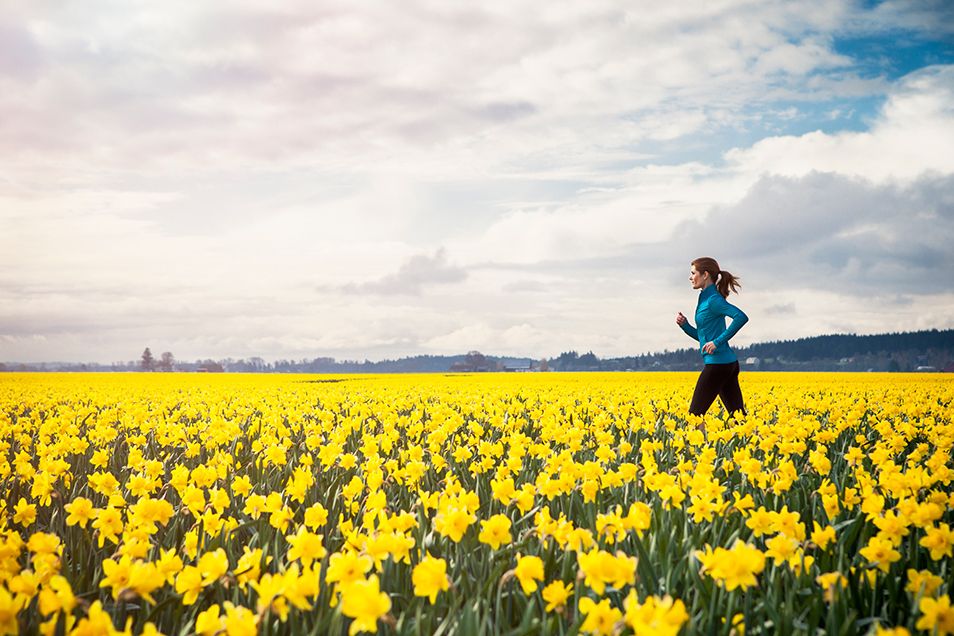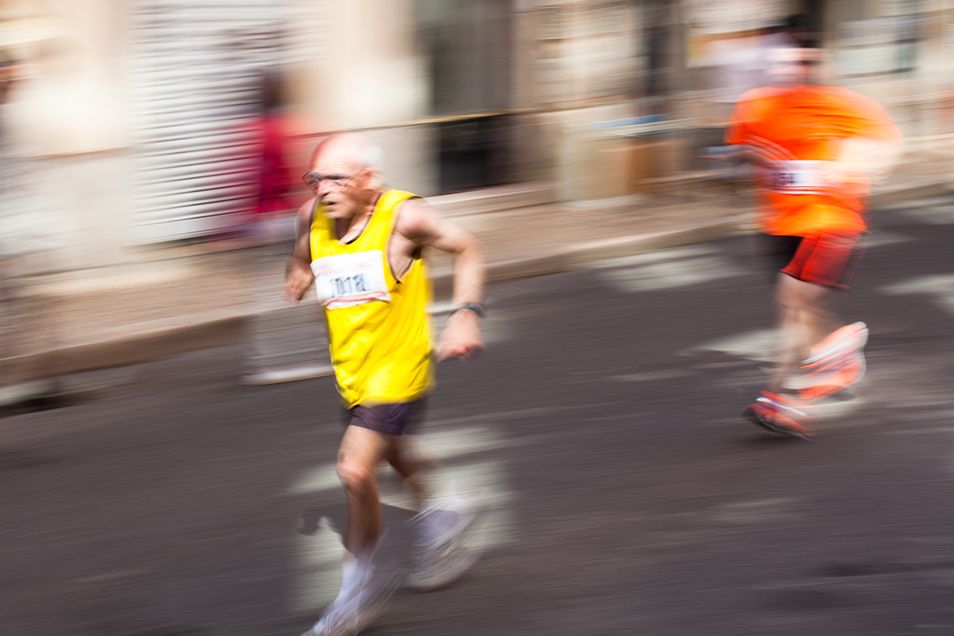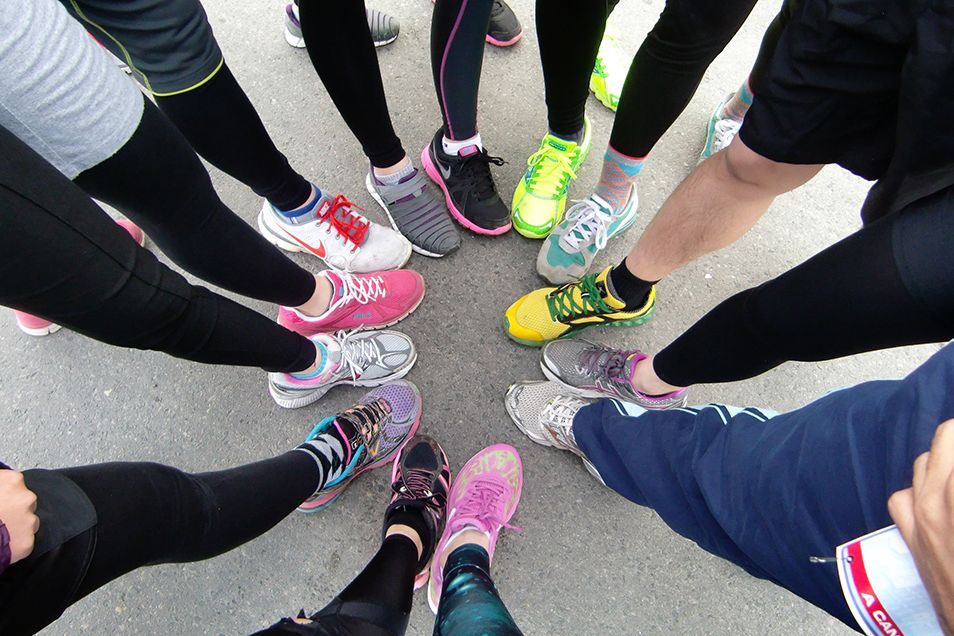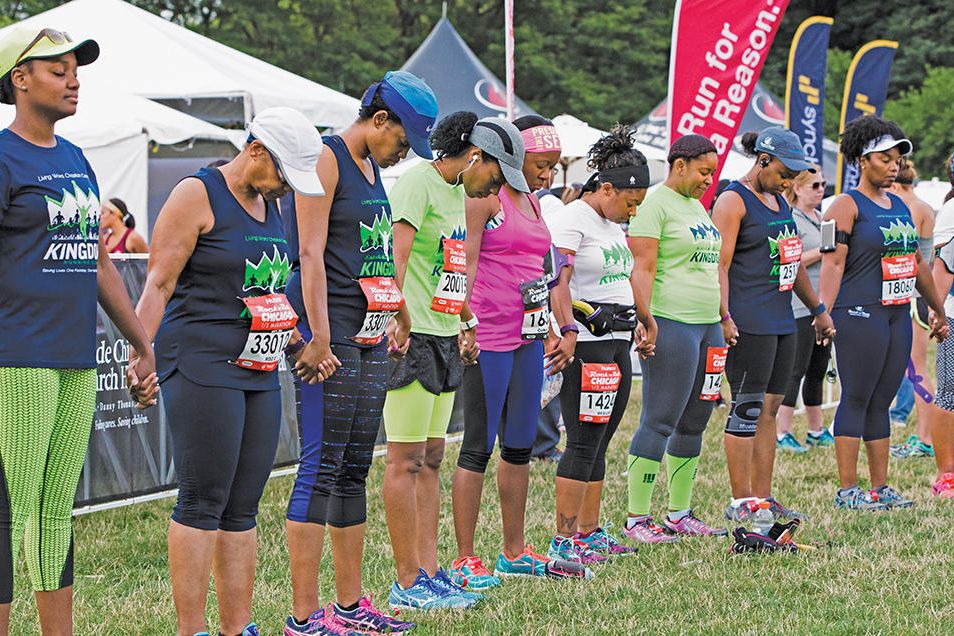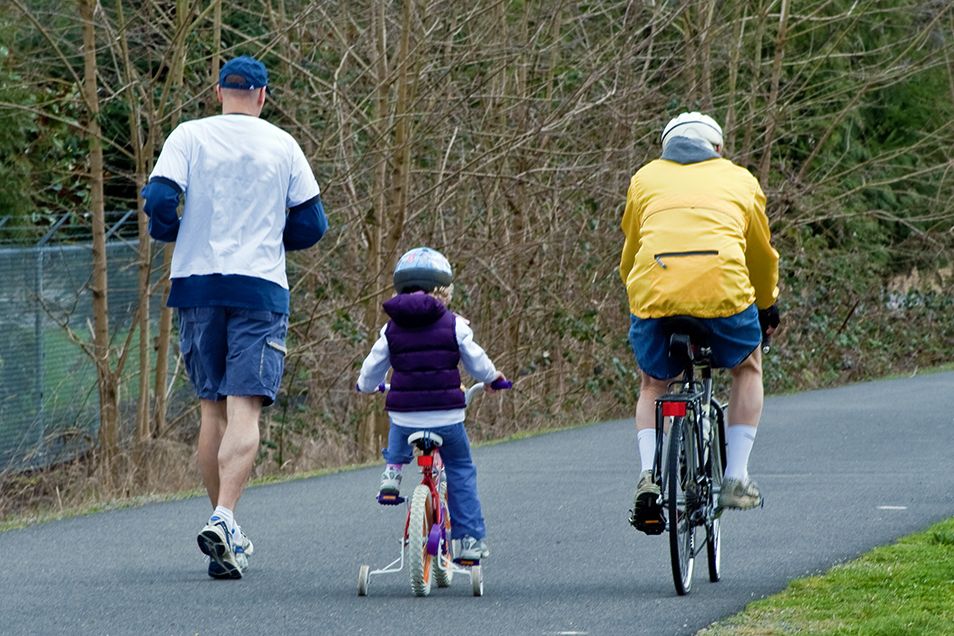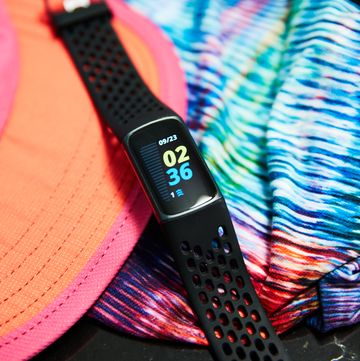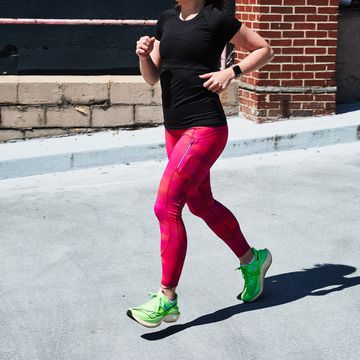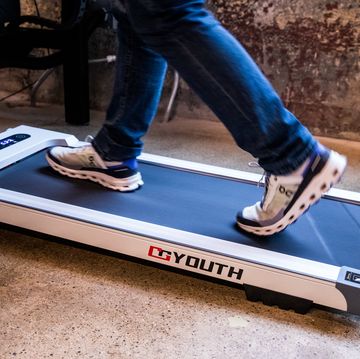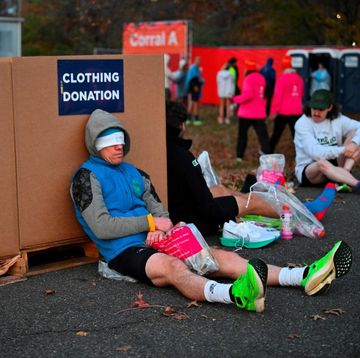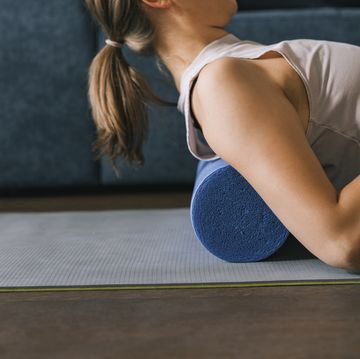We earn a commission for products purchased through some links in this article. Why Trust Us?
9 Healthy Habits of the World’s Longest Living People
Want to keep active well into your 90s? Look to the places where people live the longest.
Want to live to 100? Dan Buettner knows the secret to longevity, and it’s a lot simpler than you might think. The National Geographic Fellow has scoured the globe for years in pursuit of places where people live much longer than average, and he’s dubbed these regions “Blue Zones.”
These locations boast the highest population of centennials—folks who make it to age 100—and people there experience extremely low rates of diabetes, obesity, heart disease and other preventable diseases. To date, he’s pinpointed five Blue Zones: Okinawa, Japan; the Ogliastra region of Sardinia; Ikaria, Greece; Nicoya, Costa Rica; and Loma Linda, California. Buettner examined these places to learn the habits of their abnormally healthy humans and chronicled his findings in a pair of books: The Blue Zones and The Blue Zone Solution.
Here are nine of those habits, along with anecdotes from folks who are practicing them as part of the Blue Zones Project, an initiative in which communities across the U.S. try to mimic the Blue Zone lifestyle.
The especially good news? If you’re a regular runner, you may already be doing a lot of this. “There are a whole cluster of healthy behaviors that surround the person who loves to run,” explains Buettner, “and many of them are contagious.”

Jenny is a Boulder, Colorado-based health and fitness journalist. She’s been freelancing for Runner’s World since 2015 and especially loves to write human interest profiles, in-depth service pieces and stories that explore the intersection of exercise and mental health. Her work has also been published by SELF, Men’s Journal, and Condé Nast Traveler, among other outlets. When she’s not running or writing, Jenny enjoys coaching youth swimming, rereading Harry Potter, and buying too many houseplants.
Watch Next


Realizing I Was a Runner, Despite My Hemophilia

Why Do I Taste Blood When I Run?
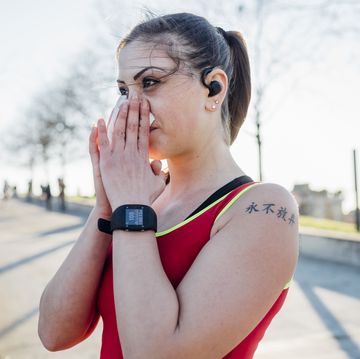
How to Manage Exercising With Allergies
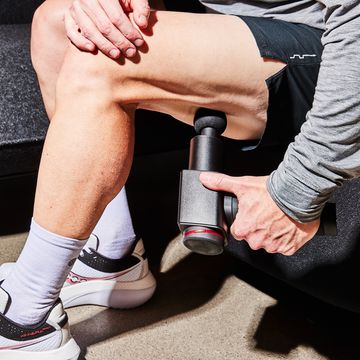
Are Massage Guns Worth It?
